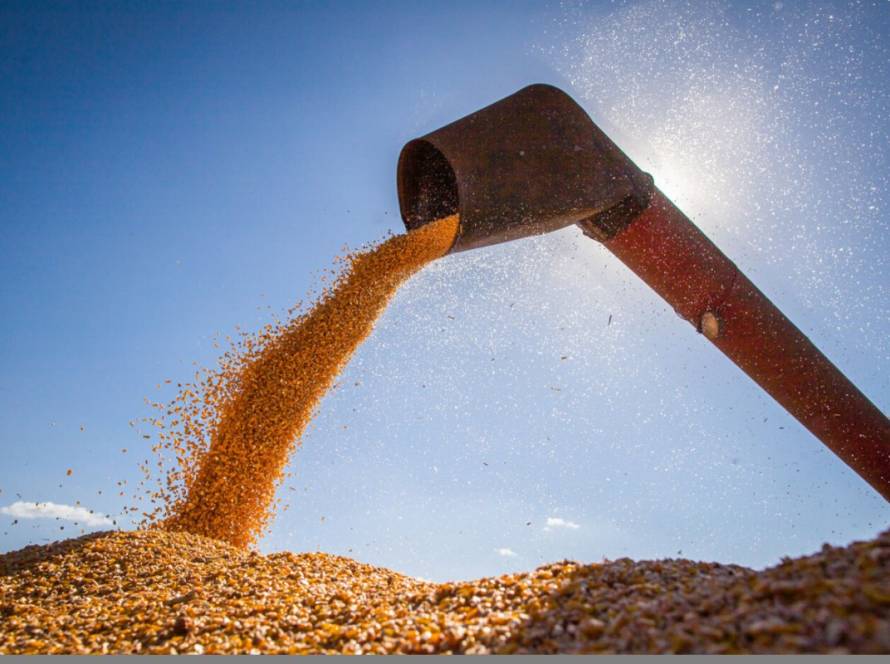The rise in the price of chicken eggs was influenced by seasonal factors, climate issues, increased demand and the price of inputs such as corn and soybean meal. This movement began in the second half of January and intensified throughout last month, making the product one of the villains of inflation in February.
Last month, eggs rose 15.4%, registering the highest increase in the food and beverage segment. As a result, the Broad National Consumer Price Index (IPCA) for this group was 0.79% last month.

Photo: Rodrigo Felix Leal
The Brazilian Animal Protein Association (ABPA) argues that the increase is seasonal and always occurs at the beginning of the year, especially during Lent, due to the increase in demand, with the replacement of red meat consumption by white meat and eggs. In addition, the increase in temperature in protein-producing regions contributed to the reduction in production of laying hens.
“This year, however, there were other situations that put pressure on the price of the product. The first of these is the rise in the price of corn, which has accumulated an increase of more than 40% since March of last year. Another issue is the extreme heat. There are reports of farms with reductions in productivity levels of around 10%, due to the impacts of the heat on the birds,” the association informed Agência Brasil.
The price of the product was mentioned by President Luiz Inácio Lula da Silva at the beginning of the month, at an event in Campo do Meio (MG), when he spoke about the possibility of adopting more drastic measures to reduce the cost of food. Lula blamed “middlemen” for the high price of eggs in the country.
“I want to find an explanation for the price of eggs,” he said. “The price of eggs is getting out of control. Some say it’s the heat, others say it’s exports, and I’m looking for [an explanation],” Lula added.
ABPA also highlights that there have been losses of older breeders. Since replacement does not occur immediately, it will take some time to reestablish production levels. The association adds that the price of eggs follows a complex sum of variables, which involve production factors, such as performance and production costs – such as the price of corn, plastic packaging, fuel, electricity and others.
“At the moment, the situation for the egg sector is highly challenging, considering the subsequent rise in the price of corn, the intense heat and the impacts on poultry productivity. In this context, a reduction in input costs through actions such as, for example, changing the import tariffs for Threonine, Tryptophan and Lysine (which are amino acids imported for feed) and plastic resins, are examples of actions that could reduce the pressure on products”, points out ABPA.
Wholesale

Photo: Disclosure/ABPA
The Center for Advanced Studies in Applied Economics (Cepea), at Esalq/USP, has been monitoring the egg sector since 2013 and has recorded a significant increase in the prices of extra-large eggs sold wholesale, in some of the regions monitored by the research center.
“From January to February, the price of extra white eggs, to be collected (FOB) in Bastos – the main producing region in the state of São Paulo – registered an average of R$ 201.77 per box of 30 dozen, an increase of 42% compared to January”, Cepea informed Agência Brasil.
The center also clarifies that prices tend to rise in the period leading up to Lent.
According to Cepea egg researcher Claudia Scarpelin, some factors may have intensified this appreciation in 2025. One of them is the fact that, last year, prices fell for six consecutive months, while the costs of the main feed inputs, such as corn and soybean meal, were rising. In addition, there was an increase in packaging costs.
“These factors are compounded by the low availability of eggs on the domestic market at the beginning of 2025, reflecting the disposal of older laying hens and the impacts of successive heat waves, which tend to reduce production. This scenario contributed to the more significant appreciation of prices in February,” he argued.
According to Claudia, price behavior for the coming months will depend on the relationship between the domestic supply of eggs and the demand for the protein. Data from Cepea show that, in March, prices remain at the same level observed since the second half of February. In Bastos (SP), for collection at the farm (FOB), the partial average price for March (up to the 14th) is R$ 210.19 per box with 30 dozen eggs.
“After Lent, it is common for demand for protein to stabilize. If supply is balanced, prices may remain stable or even decline. However, this movement will depend on the situation,” he said.
Export

Photo: Claudio Neves
Brazil is the fifth largest producer in the world, with 59 billion units, or 3.6 million tons expected for the year 2025. The estimate is that consumption this year should reach 272 units per person in Brazil this year.
Brazilian eggs are exported to almost the entire world, such as neighboring countries in South America, Mexico, the USA, Canada, the United Kingdom, countries in the Euro zone, Africa, the Middle East, Japan and Asia.
In February, Brazilian egg exports (including fresh and processed products) increased by 57.5%. The data is from ABPA itself and recorded the shipment of 2,527 tons, against 1,604 in the same period last year.
The main destination for exports was the United Arab Emirates, which imported 548 tons in February. Next came the United States, with 503 tons and a significant increase of 93.4% in exports. Chile, with 299 tons; Mexico, with 252 tons; Japan, with 215 tons and Angola, with 203 tons, were the countries that purchased the most eggs produced here.
The association highlights, however, that the increase in exports of the product had no impact on domestic market prices.
“It is worth remembering that only 0.9% of this total is exported, with exports forecast at 35 thousand tons for this year, compared to 3.6 million tons produced”, said ABPA




